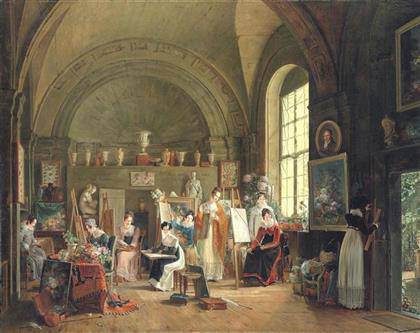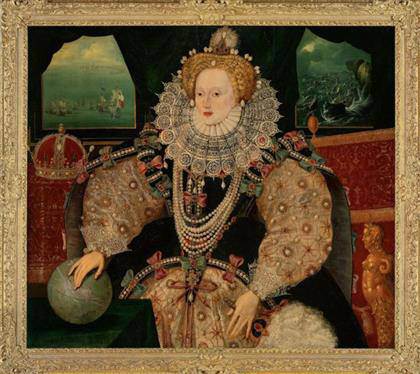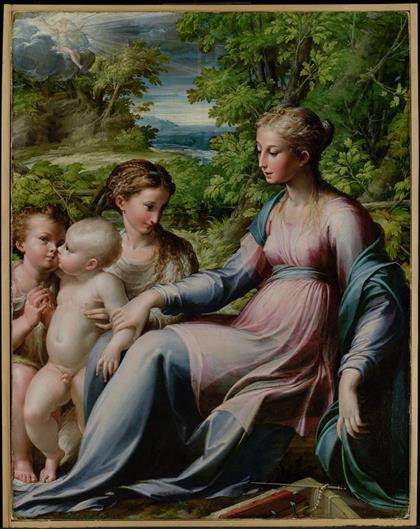
Philippe-Jacques Van Brée
The Studio of the Flower Painter Van Daël
Worcester Museum buys works by Dix and Van Brée The Worcester Art Museum announced the acquisition of ‘The Pregnant Woman’ (1931), by Otto Dix, as well as two paintings by Philippe-Jacques Van Brée, ‘The Studio of the Flower Painter Van Daël at the Sorbonne’ (1816) and a smaller replica.]]>
August 23, 2016, source: Worcester Art Museum
Otto Dix
Dix is considered to be one of the most significant European artists of the 20th century. Following World War I, like many of his peers, Dix abandoned abstraction and expressionism for a representational style that engaged with the social and political currents of the era, a movement formally known as “New Objectivity”. “The Pregnant Woman” is exemplary in its unique execution, developed by Dix in response to his study of Old Master painting technique, and combines this new mode with an un-idealized presentation of a pregnant woman. At once familiar and alien, the painting captures the social and physical realities of pregnancy at this time—a subject that preoccupied the artist for much of his career—including the pressure for women to repopulate the country following the incredible loss of life during the war, the impoverished conditions in the Weimar Republic for raising children, and the discomfort of this woman’s pregnancy.
Phillippe-Jacques Van Brée
The two paintings depict the studio of Jan Frans Van Dael, one of the most significant floralpainters in France in the years around 1800. The larger canvas is Van Brée’s masterpiece, andwas shown at the Salon in Paris in 1817. The second iteration, more loosely painted, is a smallerreplica, which Van Brée seems to have made for Van Dael as a gift, and which Van Dael kept inhis possession until his death.
Related content
Recent acquisitions at the National Gallery of Ireland (August 2016)
Follow us on:


